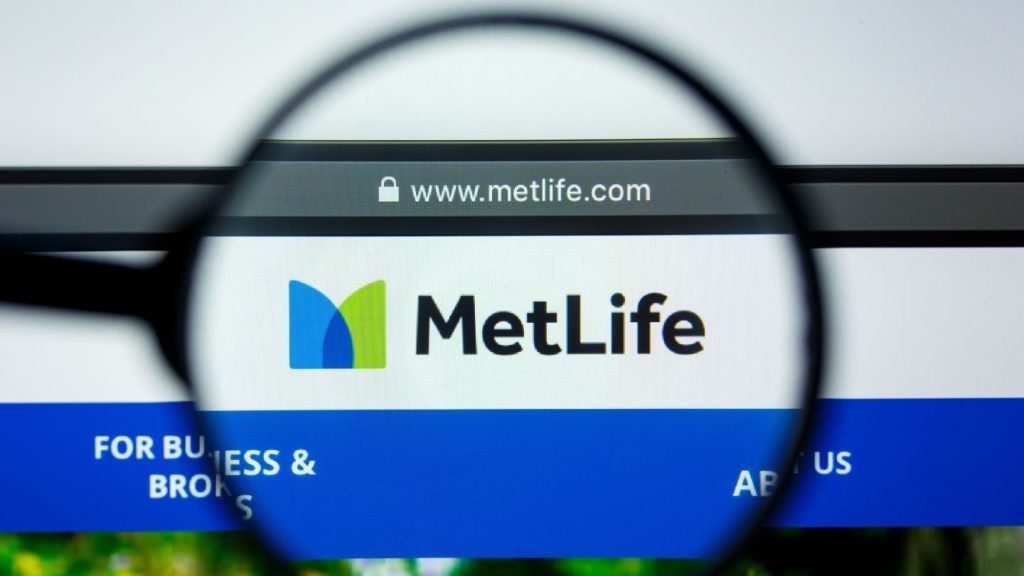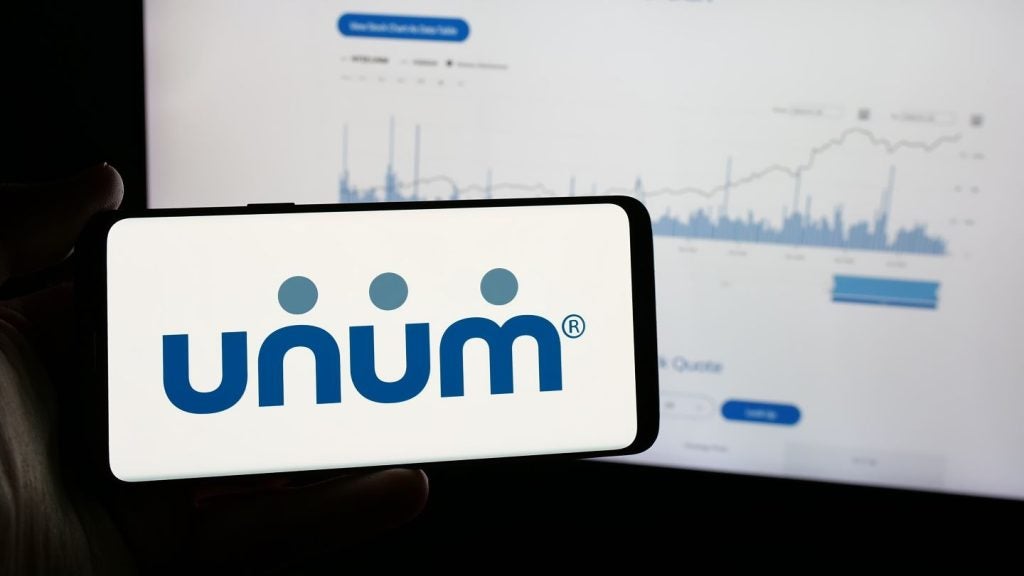Despite digital transformation taking hold across all areas of our personal lives and businesses, it seems as though the life and health insurance sector never got the memo. As a result, it is rapidly falling behind. In ten years’ time, the memory of a VHS recorder will be a distant memory for the average 30 year-old, but yet the industry insists on continuing to sell insurance products and services as if it were a Blockbuster video store.
Metaphors aside, life and health is not well-served for anyone other than companies and a small group of individuals – generally middle aged and middle class. In its current form, the industry is quite frankly out of date and dangerously unfit for the future.
As it stands, health and life insurers are fishing from a small pond when a whole ocean is available to them – according to Finder, over half (53%) of the UK population admit they would pay for private healthcare treatment. In actual fact, there is an untapped market out there of all different ages and backgrounds that would benefit from a better, more agile industry which offers diversified products tailored to their individual needs.
If things continue as they have been and nothing changes, then life and health will be anything but.
What do they want? Choice! When do they want it? Yesterday!
Consumers are becoming increasingly accustomed to bespoke and tailored products that they can access at the click of a button. They’ve come to expect the weekly personalised music playlist on Spotify, or the tailored product recommendations based on Amazon that nudges them to items they didn’t know they needed. Yet the traditional process of buying life and health products does not adhere to this new era of ‘on-demand’ customer experience,and is frankly difficult to buy and use for anything other than simple products and claims.
No one, of any age group, gets excited about paying an annual premium. Instead, what appeals nowadays are subscription-based models similar to Netflix. Models which allow customers to chop and change their preferences to fit what is right for them at that given point in time, rather than being stuck with a product for an entire year that no longer fits their needs. People want choice and the option to change – for example, the younger generation want to cover sports related injurys and travel overseas. The older generation want more targeted (less expensive) cover.

US Tariffs are shifting - will you react or anticipate?
Don’t let policy changes catch you off guard. Stay proactive with real-time data and expert analysis.
By GlobalDataEqually, the products available are rigid and mistakenly take a ‘one size fits all’ approach. For example, customers aged 70 years and over might not want full life and medical cover but would instead benefit from a shopping basket approach where they can pick and choose what cover they need. Perhaps they want eye cover, knee and hip replacement cover, whatever it is that is most appropriate for them, rather than a full medical policy that is riddled with unessential cover for that particular individual.
Constraints that hold the industry back
The problem is that insurers new distribution channels worldwide think they are constrained by traditional legacy systems that are too inflexible to adapt to new products and markets (simply put, how to rate and underwrite these new models – and they’re right that these legacy systems aren’t fit for purpose, but the reality is that insurers no longer need to be chained to them.
They are bogged down by the misconception that the cost of adapting their products and technology to meet new demands is too high to achieve at scale. Again, this is misguided.
Finally, life and health offerings are too product-out focused with the tail often wagging the dog with products on offer that are only convenient for the insurer to provide, rather than the end customer to buy and benefit from.
The way forward for a healthier future
But an alternative future is entirely feasible – a future where the industry harnesses technology and data to adapt accordingly to meet the needs of the next generation of consumers and a wider proportion of today’s consumers.
This future is closer than some might believe and there are a number of insurers already starting to make progress here by taking a new perspective on what is possible. I see more and more examples of this each and every day across the world.
For example,insurers are making great strides to distribute their propositions to customers on their mobile phones. By allowing consumers to allocate what they can afford a month to cover healthcare costs, rather like a phone bill.
Other insurers are moving to fully embrace the data revolution too across the whole insurance industry. From sweat rates, step-counts and blood pressure, technology such as wearables, AI and IoT has altered the way businesses capture data.
In Japan insurers are taking this data and using it to tailor individual products with variable pricing, updating prices on a weekly or monthly basis. This is a notion familiar within the car and house insurance industries which has increasingly started using data points, photographs and more to help with pricing and claims.
In Africa, a new model is offered by Telecoms insurers banks and medical companies reducing the cost of healthcare to a few dollars per day.
We are beginning to see some companies such as Vitality and ULife begin to adopt some of these solutions and tailor their offerings
There is no reason whatsoever why the health and life sector as a whole can’t go down that route with the appropriate technology, and better utilise data available to improve pricing and pricing ratings, leading to more automated claims to make that process easier too.
The path to progress
As I touched on earlier, the predominant blocker that is preventing life and health from moving forward is products that are difficult to buy, inflexible offerings that are largely convenient for the insurer, and misguided perceptions of the feasibility of moving forward.
The underlying factor is the persistent and costly legacy systems. Technology should be a driver of innovation, not a hindrance to it. But old systems are inherently inflexible, making it near impossible for insurers to create new products for the younger market and agile products they can update in real-time. The technology of yesterday is stopping the future of life and health.
But insurers can overcome these legacy issues much more efficiently than they realise, and in turn banish the continued misconceptions as to what is achievable.
The technology is already here to do just that.
Cloud based platforms, like INSTANDA are enabling insurers to bypass their outdated legacy systems in a cost-effective and efficient way, by enabling business users to create solutons, in order to adjust to the market in a way that isn’t reliant on expensive back office systems and complexity.
By doing so insurers CAN develop tailored solutions/subscriptions and micro services for a non-annualised price. They CAN target different markets with different offerings and packages. And they CAN better utilise data and AI to support with quotes, pricing and claims.
It just requires the industry to think differently and to open its mind to this new way of doing things.
A future fit health and life industry
There is a future within our reach where business leaders are unrestrained by the old way of thinking, enabling them to design products and solutions that are relevant for a larger pool of different markets, and their future generations.
This transformation has already begun. I see it more and more every day as insurers begin to embrace this era of change and welcome in a new perspective.
The industry faces a wonderful opportunity to seamlessly transform itself from a Blockbuster into a Netflix.
Trevor Davis is the Managing Director of Instanda







